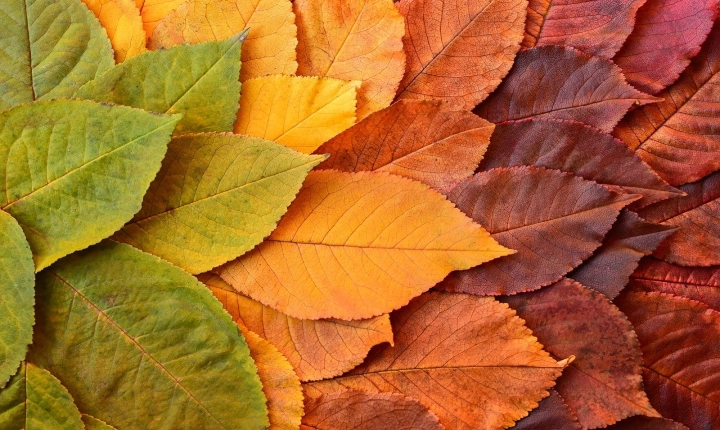Title: How to Prompt AI Art: A Guide for Beginners
Artificial intelligence (AI) has revolutionized the art world in recent years, offering new possibilities for creatives and art enthusiasts alike. AI art, created with the help of machine learning algorithms, has opened up a realm of exploration and collaboration that was previously unimaginable. Whether you are an artist looking to experiment with AI or simply curious about this emerging art form, here are some tips on how to prompt AI art.
Understand AI Art Generation Techniques:
Before diving into the world of AI art, it is essential to have a basic understanding of the techniques and tools used for AI art generation. These may include style transfer, generative adversarial networks (GANs), and neural style transfer. Style transfer involves applying the characteristics of one image to another, while GANs enable the generation of new images based on training data. Neural style transfer combines the content of one image with the style of another to create a unique artwork.
Choose the Right AI Art Generation Tool:
Once you have familiarized yourself with AI art generation techniques, it’s time to choose the right tool for your project. There are several AI art generation platforms and software available, each with its own features and capabilities. Some popular options include DeepArt, RunwayML, and Artbreeder, among others. These platforms offer user-friendly interfaces and a range of customization options, making it easier for beginners to explore AI art.
Experiment with Style and Content:
Experimentation is key when it comes to AI art. Start by exploring different styles and content to prompt the AI to generate unique artworks. You can input your own images or select from a library of pre-existing styles to see how the AI algorithm interprets and transforms the input. Don’t be afraid to mix and match different styles and content to create unexpected and captivating results.
Refine and Iteratively Prompt:
As with any artistic process, refining and iterating prompts is essential to achieve the desired outcome. AI art generation is no different. After prompting the AI, review the results and iterate on the input parameters to refine the artwork. This iterative process allows for continuous exploration and refinement, resulting in more compelling and personalized AI-generated art.
Collaborate with AI as a Co-Creator:
AI art prompts offer a unique opportunity to collaborate with the machine as a co-creator. Instead of viewing AI as a tool to generate art, consider it as a collaborator that can augment your creative process. By embracing the capabilities of AI and engaging in a dialogue with the algorithm, you can push the boundaries of traditional art creation and discover new aesthetic possibilities.
Ethical Considerations and Attribution:
Finally, it is important to consider the ethical implications of AI art creation and ensure proper attribution for the generated artworks. While AI can aid in the creative process, it is essential to recognize the contributions of both the artist and the algorithm in the final piece. Additionally, respecting copyright and intellectual property rights is crucial when using AI-generated art for commercial or public purposes.
In conclusion, prompting AI art involves a combination of technical knowledge, experimentation, and creative insight. By understanding the underlying techniques, choosing the right tools, and engaging in iterative exploration, artists can unlock the potential of AI as a co-creator in the art-making process. As AI continues to evolve, the possibilities for AI art promptification are endless, offering new avenues for artistic expression and collaboration.
